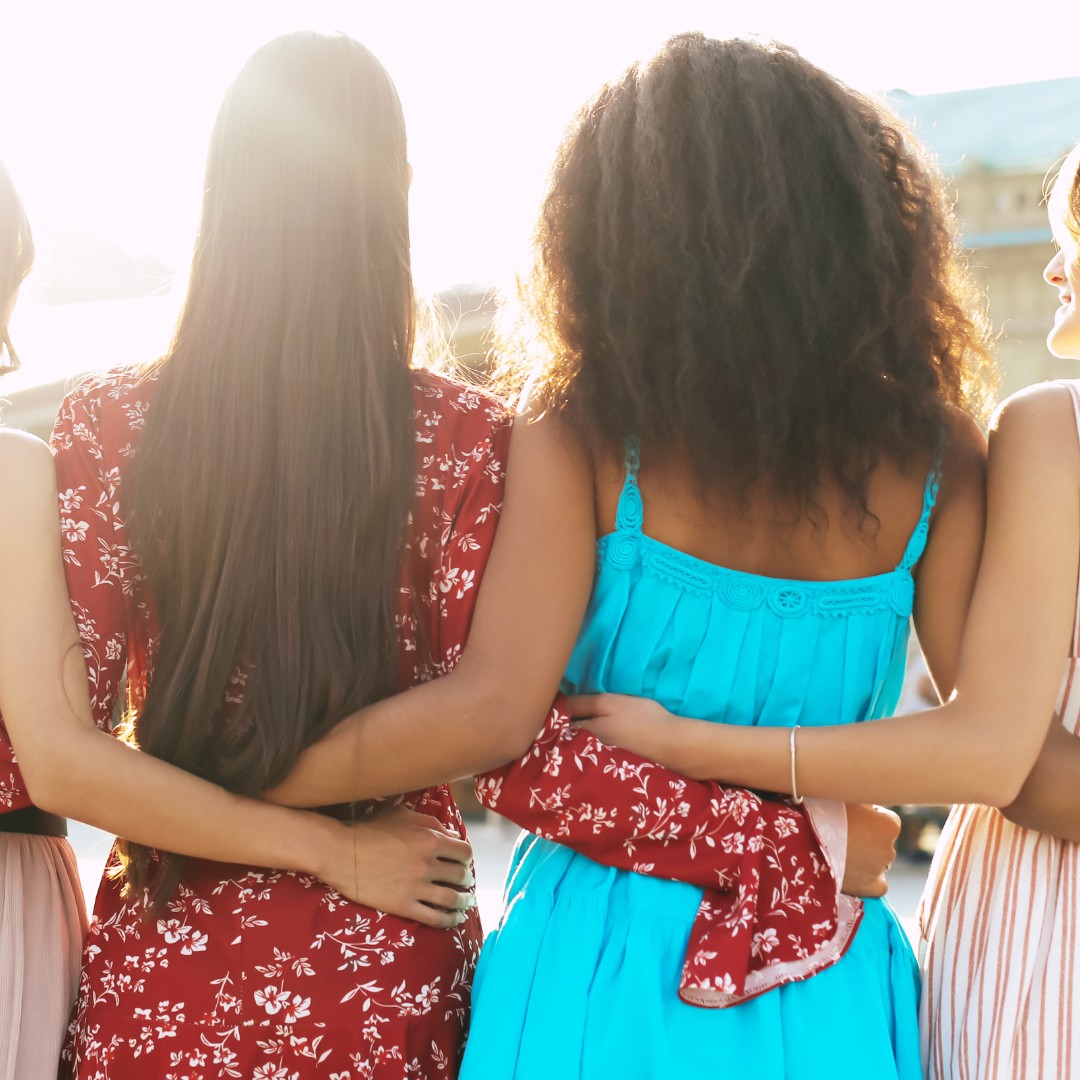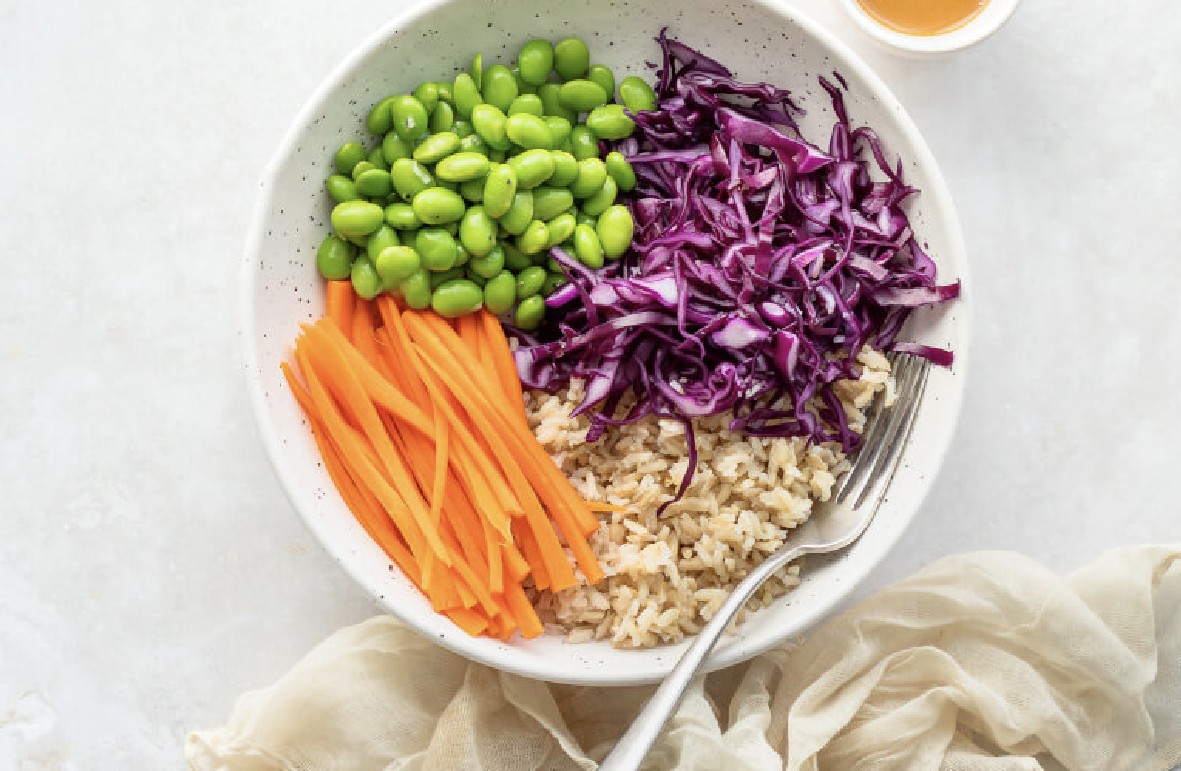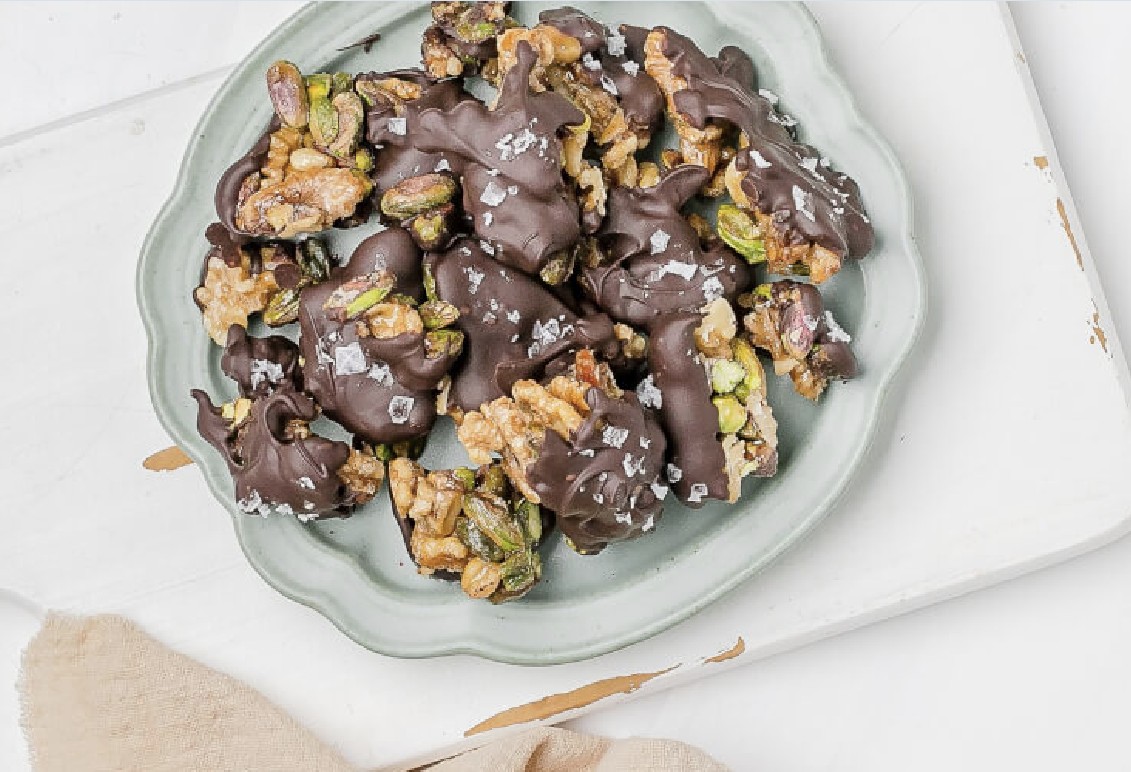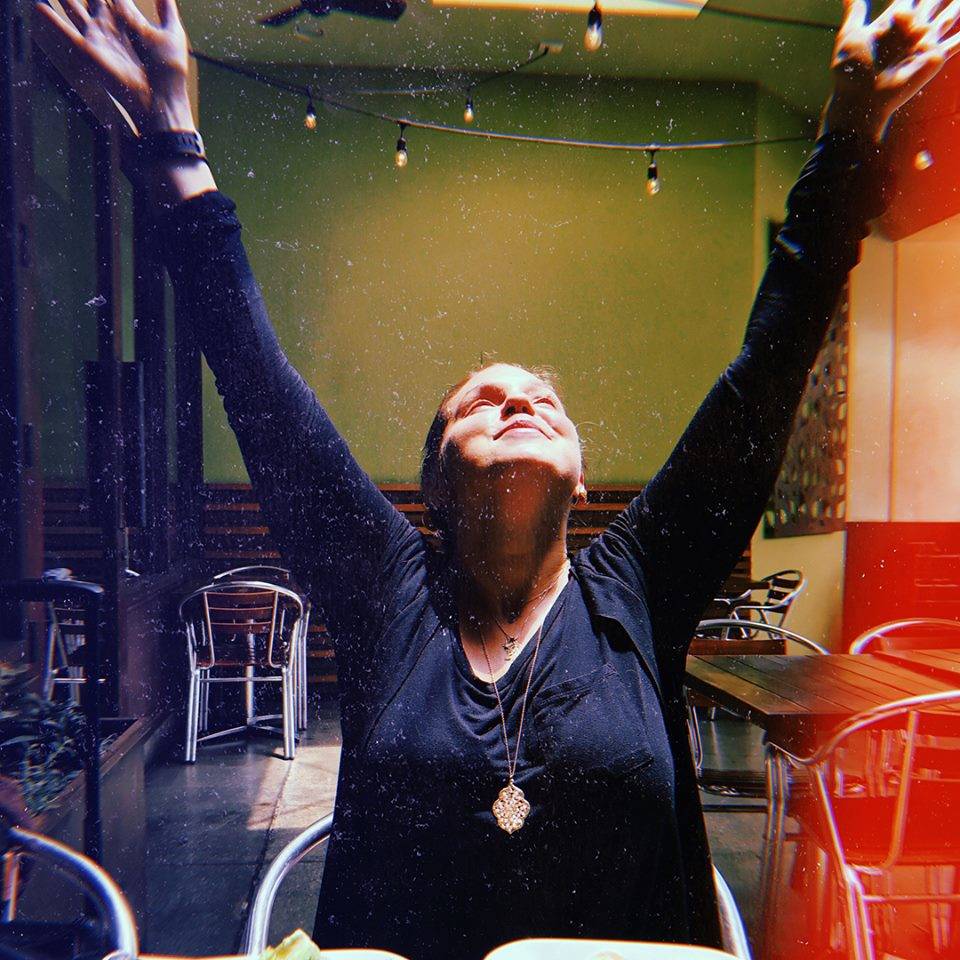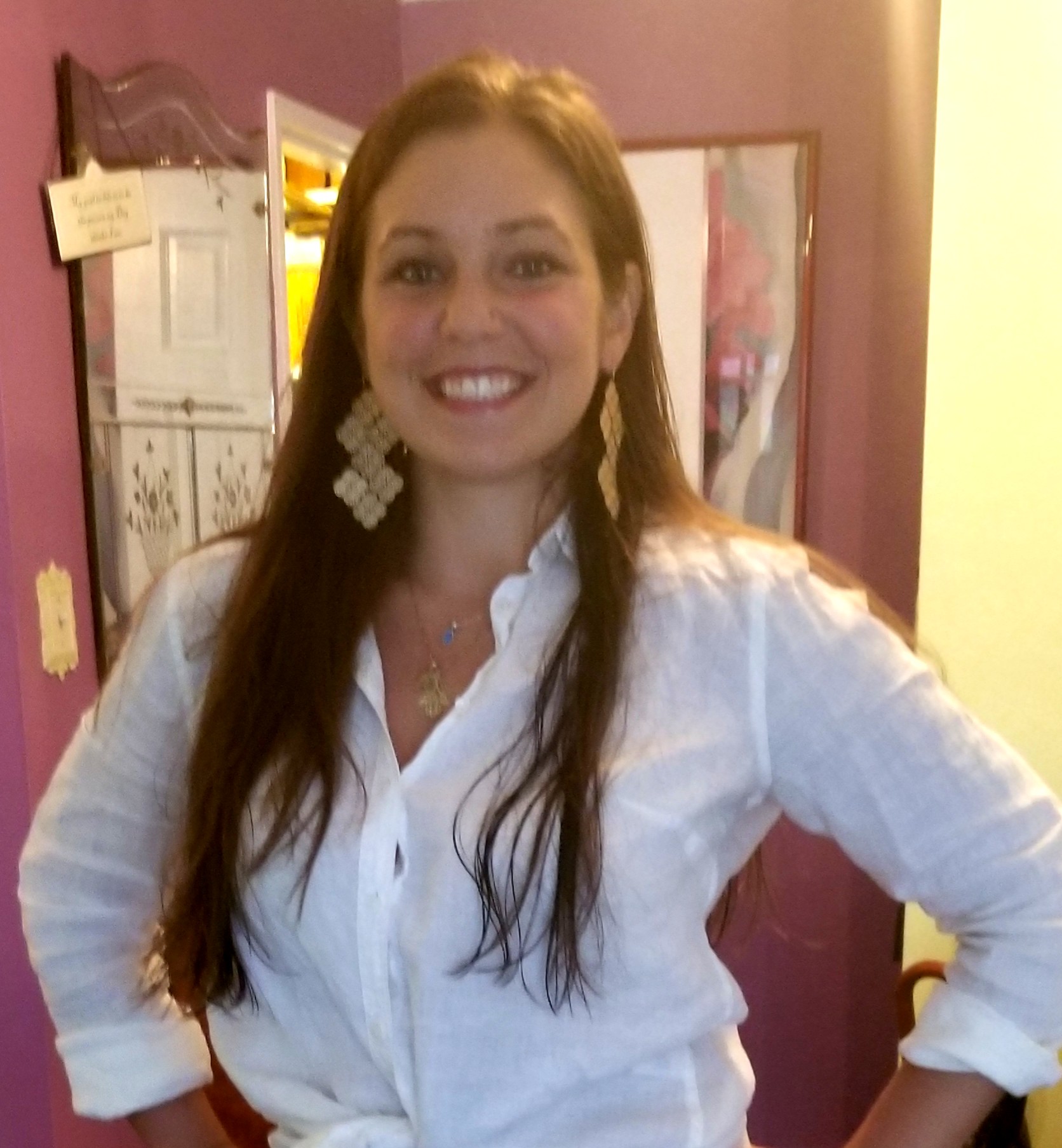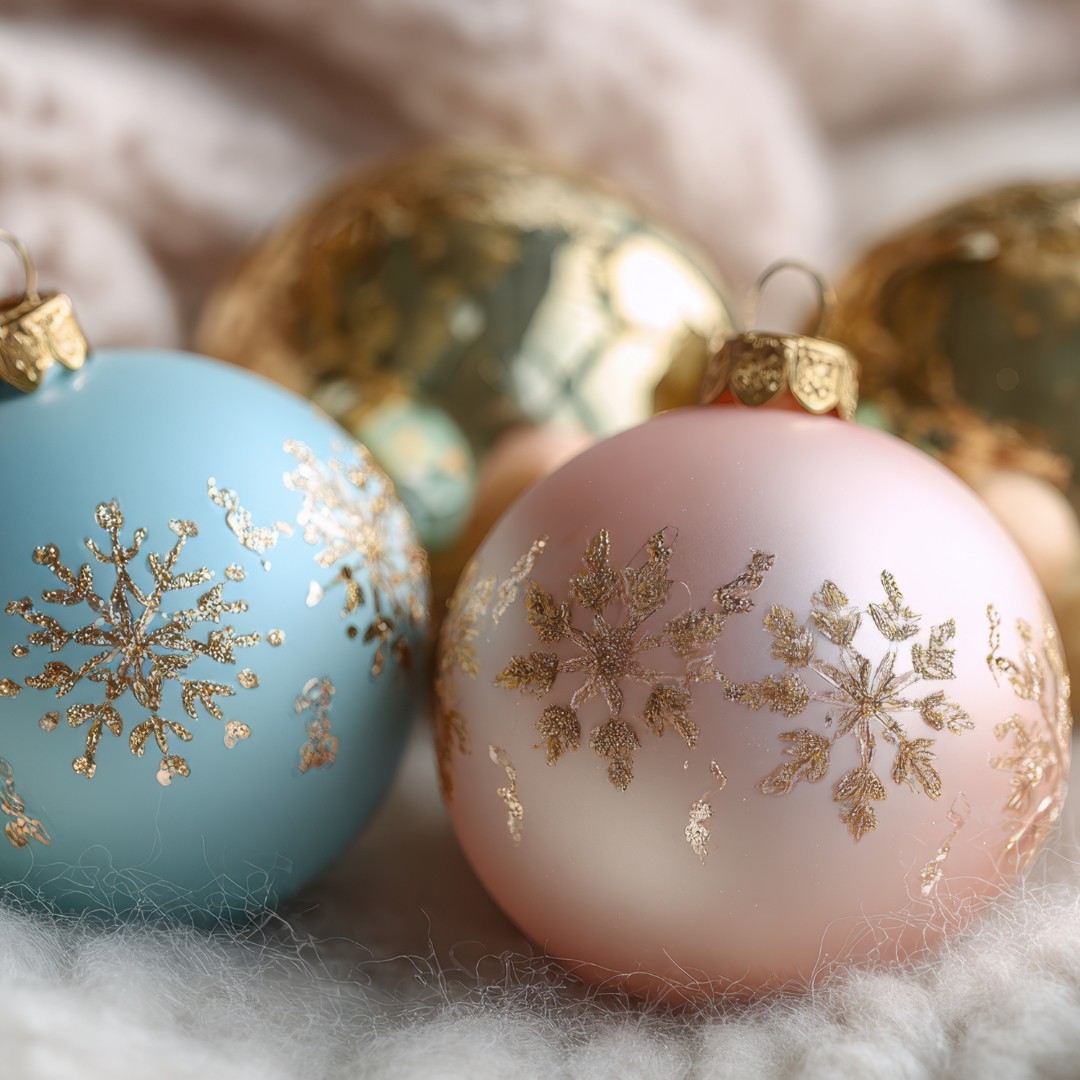
The season is festive - but your hormones might not be.
Let’s be honest: the holiday season is full of joy, but also full of stress, sugar, and skipped routines. Between late nights, rich meals, emotional triggers, and the pressure to make everything magical, your hormones are likely getting the short end of the stick.
But it doesn’t have to be that way.
With a few science-backed tweaks, you can support your cycle, energy, and mood through the chaos of the season. Even better? These habits will set you up beautifully for the new year.
1. Manage Stress to Support Progesterone & Cortisol
The holidays often ramp up stress (hello, family dynamics, financial pressure, and travel), which raises cortisol levels. When cortisol stays high, it can suppress the production of progesterone, your calming, stabilizing hormone.
"The HPA axis and HPO axis are closely intertwined. Chronic stress can lead to menstrual irregularities and infertility." - Frontiers in Endocrinology, 2022
What to do:
- Build in 5-10 minutes of nervous system regulation daily (breathwork, walks, or legs-up-the-wall).
- Say no when you need to. Boundaries reduce cortisol and create safety in the body.
2. Prioritize Sleep & Light Exposure for Hormonal Rhythm
Circadian rhythm controls the release of hormones like melatonin, cortisol, and even insulin. Late nights, blue light, or jet lag can throw it off.
What to do:
- Stick to consistent sleep and wake times when possible.
- Get 10 minutes of morning sunlight to anchor your rhythm.
"Circadian misalignment impairs glucose tolerance, insulin sensitivity, and reproductive hormone patterns." - Current Opinion in Endocrine and Metabolic Research, 2021
3. Balance Blood Sugar to Protect Estrogen & Insulin
Overindulgence in sugar or alcohol, skipping meals, or relying on refined carbs leads to blood sugar crashes. These swings disrupt insulin, and insulin resistance can lead to hormone imbalances like PCOS.
What to do:
- Focus on protein, fiber, and healthy fats at every meal.
- Eat regularly to avoid sugar crashes and keep energy steady.
"Postprandial glycemic response modulates inflammation and reproductive hormone function in women." - The Journal of Clinical Endocrinology & Metabolism, 2020
4. Move Daily (But Keep It Gentle)
You don’t need punishing workouts to feel good. In fact, overtraining during a stressful time can make hormonal symptoms worse.
What to do:
- Walk, stretch, or do gentle yoga. Movement improves insulin sensitivity, digestion, and stress hormones.
"Moderate exercise reduces systemic inflammation and cortisol reactivity." - Exercise Immunology Review, 2021
5. Listen to Your Cycle
Even if you're in the luteal phase during the holidays, or your period hits on Christmas Eve (because, of course), your body is still communicating.
What to do:
- Keep tracking: mood, sleep, cravings, energy.
- Respect your body’s signals instead of pushing through.
"Cycle awareness allows for more adaptive self-care and supports menstrual cycle regulation." - Journal of Psychosomatic Obstetrics & Gynecology, 2020
TL;DR: Your Hormone Holiday Toolkit
- 💆 Breathwork, boundaries, and sunlight
- 🥦 Balanced meals with protein and fiber
- 🧘 Daily gentle movement
- 😴 Prioritized rest and circadian support
- 📆 Cycle tracking (even if it feels chaotic)
These simple shifts protect your energy, cycle, and sanity this season.
And if you’re ready to go deeper?
My next round of Reset & Rebalance starts January 12th
This is your chance to heal your hormones from the inside out - with a plan built for your body.
- ✅ Nervous system & mineral support
- ✅ Gut & hormone repair
- ✅ Real-time food & lifestyle strategy
- ✅ Small group coaching + daily tools
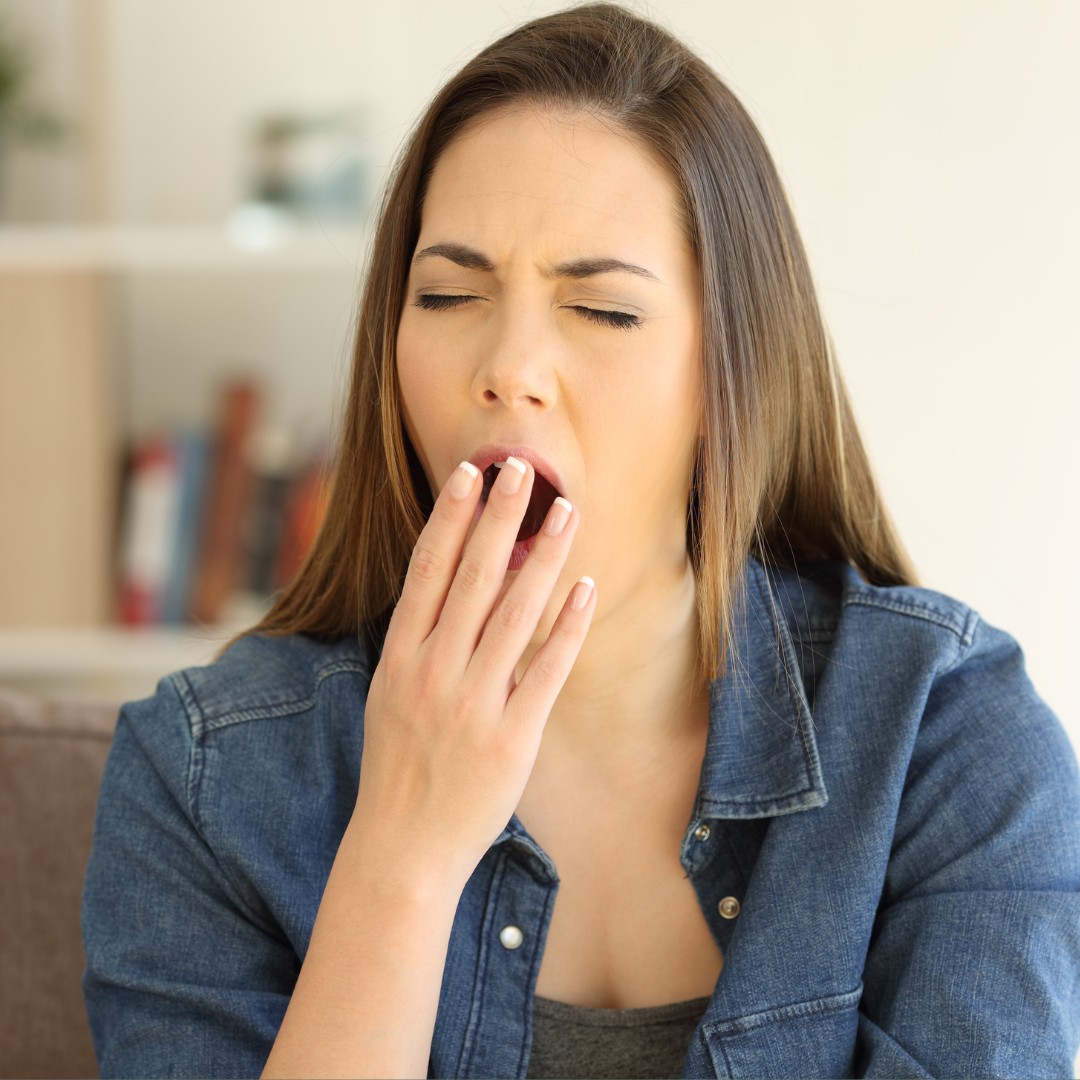
If you’re anything like me, that 3pm crash hits hard. One minute you’re fine, and the next you’re wondering if it’s socially acceptable to take a nap on the couch while your kids climb all over you. And honestly? For the longest time I blamed it on mom life… or getting older… or just “how it is.”
But here’s the truth I wish someone would've told me way sooner:
Your 3pm crash isn’t a personality flaw.
It’s not a lack of willpower.
It’s not even about being busy (although, yes… motherhood is a lot).
It’s blood sugar and minerals doing their thing behind the scenes.
And the good news? It doesn’t take 17 supplements, a fancy routine, or a complete life overhaul to turn this around. It’s actually way simpler than we’ve been led to believe.
The Two Morning Habits That Will Change Your Energy Game
1. Eat 20–30g of Protein Within 90 Minutes of Waking
I know mornings can feel like a sprint — feeding kids, packing lunches, wiping spills, finding shoes that magically disappeared overnight. But here’s the thing: your blood sugar needs stable fuel early, or it’s going to tank later.
Starting your day with protein helps:
- keep your blood sugar steady
- reduce that mid-afternoon crash
- support your hormones
- keep cravings in check
Think: eggs, Greek yogurt bowls, breakfast sandwiches, high-protein pancakes, cottage cheese bowls (if you’re into that), or even leftover dinner. It doesn’t have to be fancy — it just has to be protein.
2. Add Sea Salt + Lemon to Your Morning Water
Your minerals are exhausted, girl. That constant go-go-go drains them fast. A squeeze of lemon and a pinch of sea salt helps hydrate you on a cellular level, supports your adrenals, and gets your energy going without needing caffeine to drag you through the day.
Small Changes, Big Energy Shifts
When you give your body what it actually needs first thing in the morning, you feel the difference — not in weeks, but in days. More stable energy. Less crashing. More patience. Fewer cravings. A little more “I’ve got this” and a lot less “why am I so tired?”
If you’re ready to stop feeling wiped out by 3pm every day, start here. Keep it simple. Keep it doable. These two small habits lay the foundation your energy has been begging for.
You deserve to feel good in your body — even on the busiest days.
How to Fix Mood Swings and Low Energy Naturally in 2026: Hormone-Support Strategies Every Woman Need

If your 2026 goal is to be less snappy at 4pm and more grounded at 9am, you’re in the right place. Because what most women call mood swings, low energy, or afternoon crashes often isn’t a personality issue at all—it’s your hormones trying to get your attention.
For years, many of us have been told to push through. Be more disciplined. Drink another coffee. Get your act together. And when that doesn’t work, we assume something is wrong with us.
But here’s what I see over and over again with the women I work with:
Those unpredictable moods?
The 3pm exhaustion?
The irritability that comes out of nowhere?
They’re not character flaws.
They’re biological signals.
Why Mood Swings and Low Energy Happen (and Why It’s Not Your Fault)
So many women think they need more willpower when, in reality, their body needs support in three key hormone-related systems:
1. Blood Sugar Regulation
Even if you “eat healthy,” blood sugar swings can trigger irritability, brain fog, cravings, and sudden energy crashes. Stable glucose = stable mood.
2. Nervous System Regulation
Deep breathing alone isn’t enough. Chronic stress dysregulates your nervous system, making your body feel unsafe—and your hormones respond accordingly.
3. Cortisol Rhythm Repair
Your cortisol rhythm impacts your energy, sleep, cravings, inflammation, and focus. When cortisol is imbalanced, everything feels harder.
The Science Behind It
This isn’t guesswork. It’s backed by research:
📌 A 2022 study in Frontiers in Global Women’s Health found that chronic stress and cortisol dysregulation can disrupt the HPA axis, impairing ovulation, cycle regularity, and hormone balance.
📌 Research from the National Library of Medicine shows that elevated cortisol increases insulin resistance, which can lead to energy crashes, carb cravings, and mood swings.
So when you feel exhausted at 3pm or irritated for no reason—it’s not “lack of discipline.”
It’s a biological stress response.
What Happens When Your Hormones Get the Support They Need
When these systems are supported—blood sugar, nervous system, and cortisol rhythm—you finally start to feel like yourself again. You wake up with clearer energy. You move through your day feeling steady instead of reactive. Your mood smooths out instead of swinging wildly.
And the best part? You don’t have to fake feeling okay.
Your body actually feels okay.
If 2026 is your year to rebuild your energy, balance your hormones naturally, and feel grounded in your body again—you’re not just capable. You’re ready.
And I’d love to walk alongside you while you get there.
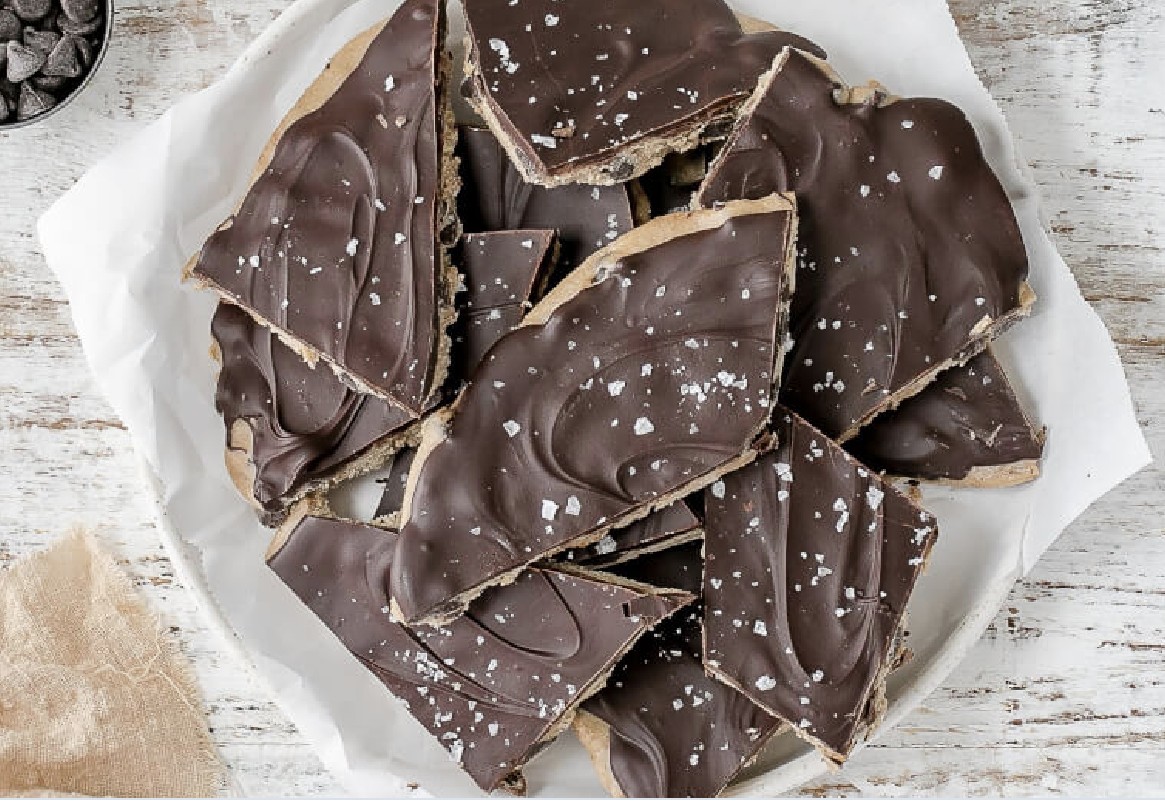
When I say use non-dairy chocolate chips, it’s just because that’s what feels best for my body these days. I usually grab Enjoy Life, but truly, use whatever you love.
What I love about adding dark chocolate to this recipe is how good it makes me feel. It’s packed with antioxidants, gives me steady energy instead of a crash, and honestly? It lifts my mood every single time.
It’s one of those tiny treats that feels indulgent and supportive, which is exactly what I need in the middle of mom life.
Ingredients:
- 1 1/2 cups Oat Flour
- 1/4 cup Raw Honey
- 1/4 cup Coconut Oil (melted)
- 2 tsps Vanilla Extract
- 1 1/2 cups Dark Chocolate Chips (Enjoy Life is my favorite brand of non-dairy ones!)
- 1/4 tsp Sea Salt (flaky)
Instructions:
- Line a baking sheet with parchment paper and set it aside.
- In a bowl, mix the flour, honey, oil, and vanilla with a spatula until well combined. Fold in 1/4 of the chocolate chips.
- Pour the cookie dough mixture onto the baking sheet, and use your hands or a spoon to flatten and spread it to approximately 1/4 inch (0.5 cm) thickness.
- Melt the remaining chocolate in a double boiler or in 30-second intervals in the microwave.
- Pour the melted chocolate onto the dough and use the back of a spoon to spread it out. Transfer to the freezer for 30 minutes or until solid. Sprinkle with salt just before the chocolate sets.
- When solid, break it into pieces and store it in an airtight container in the refrigerator until ready to eat. Enjoy!
12 servings

If you’ve ever felt like your hormones are running the show — one week you’re thriving, the next you’re crying over a burnt piece of toast — you’re not alone. But here’s the truth: your cycle isn’t the problem. It’s the map.
For years, I blamed myself for feeling “off.” The mood swings, the exhaustion, the cramps that made me want to hide in bed — I thought that was just part of being a woman. Turns out, it wasn’t a personality flaw. It was my body asking for support.
Let’s talk about four simple but powerful shifts that can completely change how you feel throughout your month.
🧠 Secret #1: PMS Is a Hormone Imbalance, Not a Personality Flaw
Those pre-period mood swings aren’t all in your head — they’re your hormones speaking. The luteal phase (the days before your period) can bring irritability, anxiety, or low energy when progesterone levels are out of balance. Once you understand what’s really going on, you can stop blaming yourself and start making supportive changes — like better sleep, less caffeine, and more nourishment.
🍫 Secret #2: Magnesium and B6 Are Cycle Gold
Magnesium and vitamin B6 are two nutrients your hormones love. They help your body produce progesterone, ease cramps, and calm the nervous system. Try adding magnesium-rich foods like dark chocolate, leafy greens, and pumpkin seeds to your meals, or consider a quality supplement if needed. It’s a small shift that can make a big difference.
🧘♀️ Secret #3: Gentle Movement Beats HIIT in Your Luteal Phase
Your body naturally slows down before your period — and that’s not weakness, it’s wisdom. During this time, skip the high-intensity workouts and focus on walking, yoga, stretching, or Pilates. These kinds of movement support hormone balance, reduce stress, and help your body transition smoothly into your next cycle.
💆♀️ Secret #4: Calming Your Nervous System Supports Your Hormones
When cortisol (your stress hormone) stays high, it competes with progesterone — leaving you more anxious, moody, and fatigued. Simple habits like deep breathing, journaling, or setting firmer boundaries can help regulate your stress response and support hormonal balance. The calmer your nervous system, the more balanced your cycle will feel.
Your Cycle Is Not the Enemy — It’s Your Superpower
Your body isn’t broken or working against you. She’s communicating. When you start syncing your nutrition, movement, and mindset with your cycle, you’ll notice fewer symptoms and more ease.
Because your hormones were never meant to make life harder — they were designed to guide you toward balance, rest, and renewal.
🌿 Want to Learn More?
If this post resonated with you, you’ll love what I share in my weekly emails — simple, science-backed tips to help you support your hormones, boost your energy, and feel more like yourself again (without the overwhelm).
👉 Join my email list here to get my best hormone and wellness tips delivered straight to your inbox.

